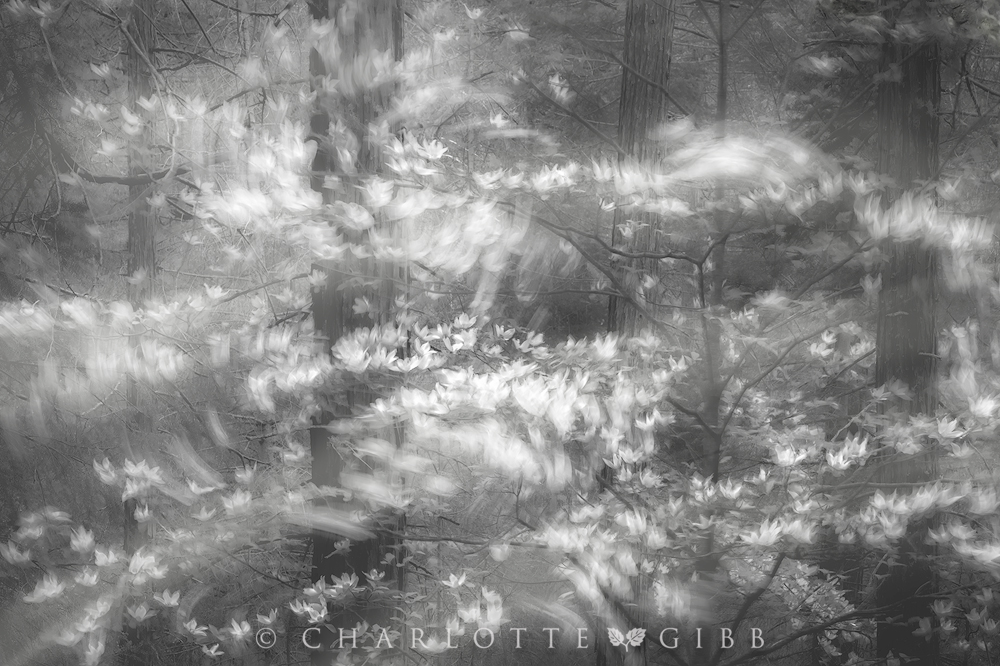
Why Black and White Photography is Still Relevant
I’ve been drawn to creating black and white photographs a little more than usual lately. Admittedly, this is likely because I was hanging out with Cole Thompson and Chuck Kimmerle at the Moab Photography Symposium in May. They are each enthusiastic masters of black and white photography. Those two can be pretty persuasive and I can be pretty impressionable.
Although I am primarily a color photographer, my photographic journey originated with black and white film in the early 1980s. Back then, I wanted to be a journalist. Newspapers were printed in black and white, and newspaper darkrooms were only setup for processing black and white film. Consequently, I developed a strong aesthetic for black and white imagery, but I didn’t stick to it. Over time, I migrated to color slide film, then color negative film, and ultimately to digital SLR cameras. But, I never completely abandoned my first inclination toward black and white photography.

Why black and white?
One could argue that the decision to photograph in black and white is purely a personal aesthetic preference. While that is certainly true, it is also true that there are very good, solid reasons black and white images can be more impactful than color photographs.

Suspension of disbelief
Suspension of disbelief is the willingness to suspend one’s critical faculties to believe something surreal. We abandon logic and realism for the sake of pleasure. Because we see the world in color, black and white photographs have a surreal quality to them. The world isn’t supposed to look monochromatic, so when presented with a black and white photograph, we pause, study it, and try to make sense of what we are seeing. It tickles our senses — in a good way. Therefore, since black and white photography is further from reality than color photography, there’s a sense that the essence and authenticity of the artist is more fully expressed. In other words, photographs can seem more artistic when expressed in black and white.
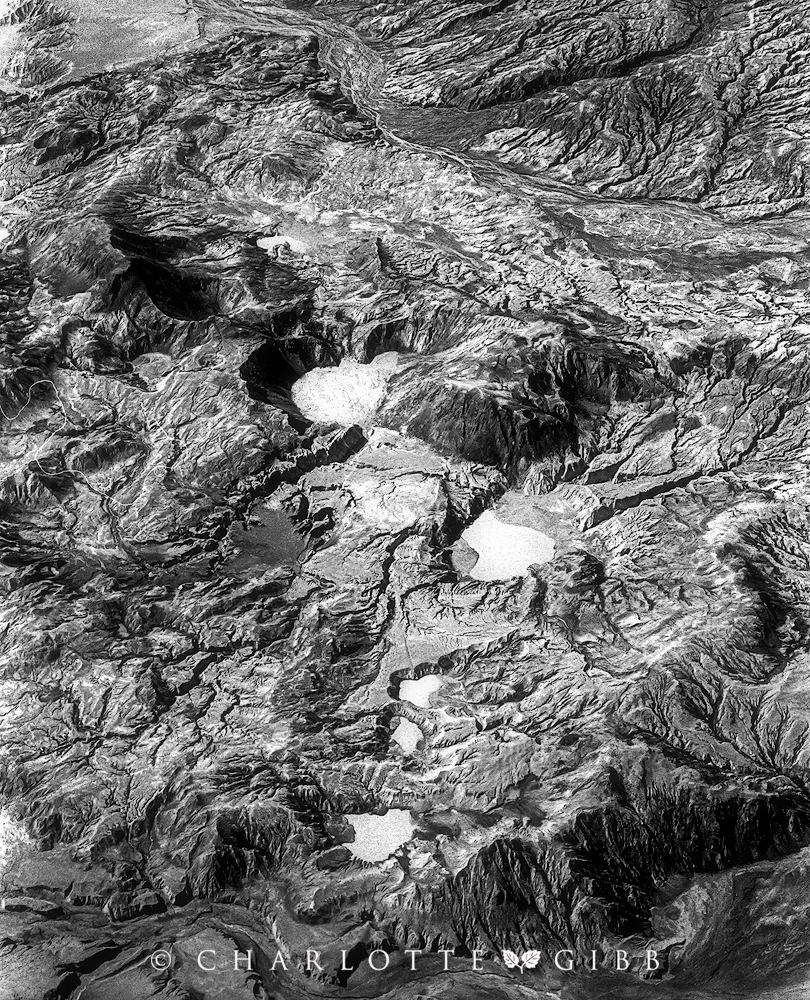
Simplify
Color can actually detract from your subject. Black and white photographs depend on tone and contrast to direct the eye through the composition, rather than hue and saturation. With color eliminated from the picture, the photographer is challenged to create interest in the subject using only tone, line, texture, shapes, and luminance values. The subject is laid bare and the photograph must be strong enough both in subject and composition to hold up in monochrome.

Developing an eye for black and white photography
Fortunately, in the age of digital cameras and digital darkrooms, it is easy to experiment both in the field and in post-processing. In the field, use your camera’s monochrome mode so that your image will be displayed on the LED screen in black and white. You’ll want to capture the image in RAW format though. Saving only as JPEG will eliminate valuable color data in monochrome mode. Most digital cameras will allow you to capture both RAW and JPEG versions of the image. This allows you so see how the image is rendered in monochrome while you are in the field, but have the flexibility to experiment with filters and change the luminance values of different colors in the digital darkroom because all the color data is saved. If you want to see how a filter will affect your image while you are in the field, you can also add a color filter on the front of your lens.
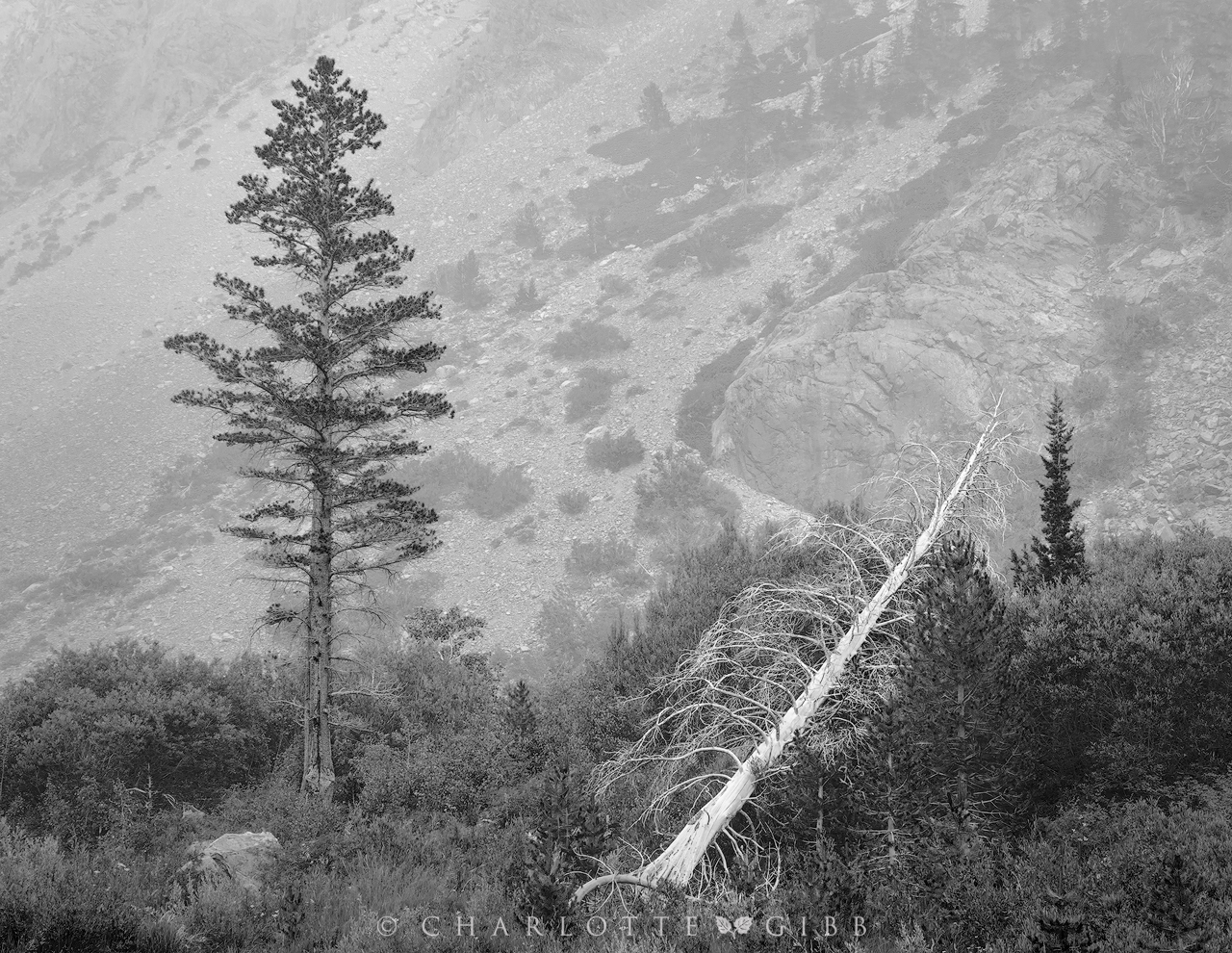
Practicing black and white photography can make you a better photographer
Working in black and white will change how you see things in the field. You’ll begin to see how color values translate to tonal values. You won’t be limited by color of light, but inspired by the quality of dark and light. You won’t be limited to practicing your craft in the Golden Hour, because great light can happen at any time of the day. You’ll start noticing the importance of the essential building blocks of a composition because you can’t rely on color for impact.
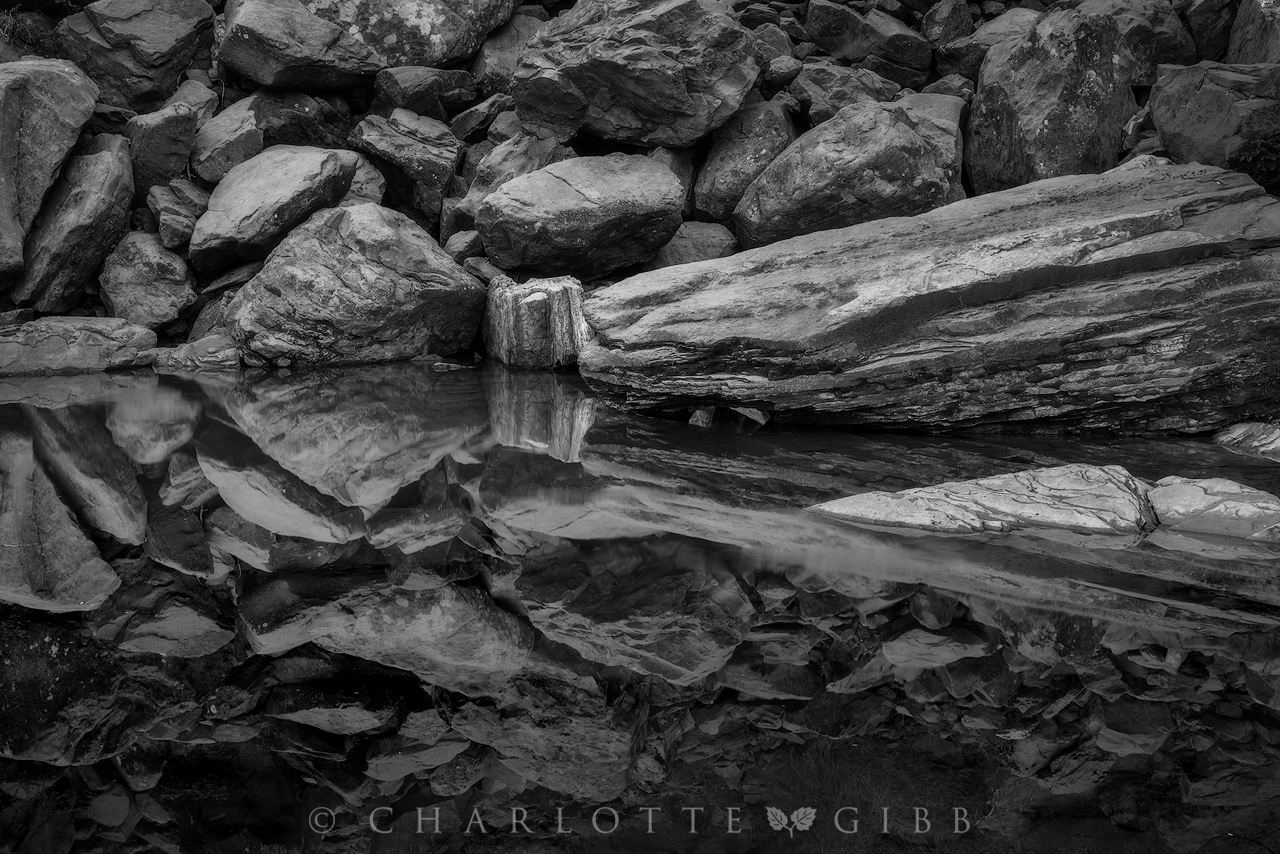
“You can’t make a silk purse out of a sow’s ear.”
All of this said, converting an image from color to black and white will not make a bad photograph better or more artistic. A photograph lacking compelling subject and composition is still a poor photograph, no matter how it is presented. And, not all photographs will hold together in black and white. Some colors that create contrast in a color photograph can be very similar in luminance and tone when converted to black and white.
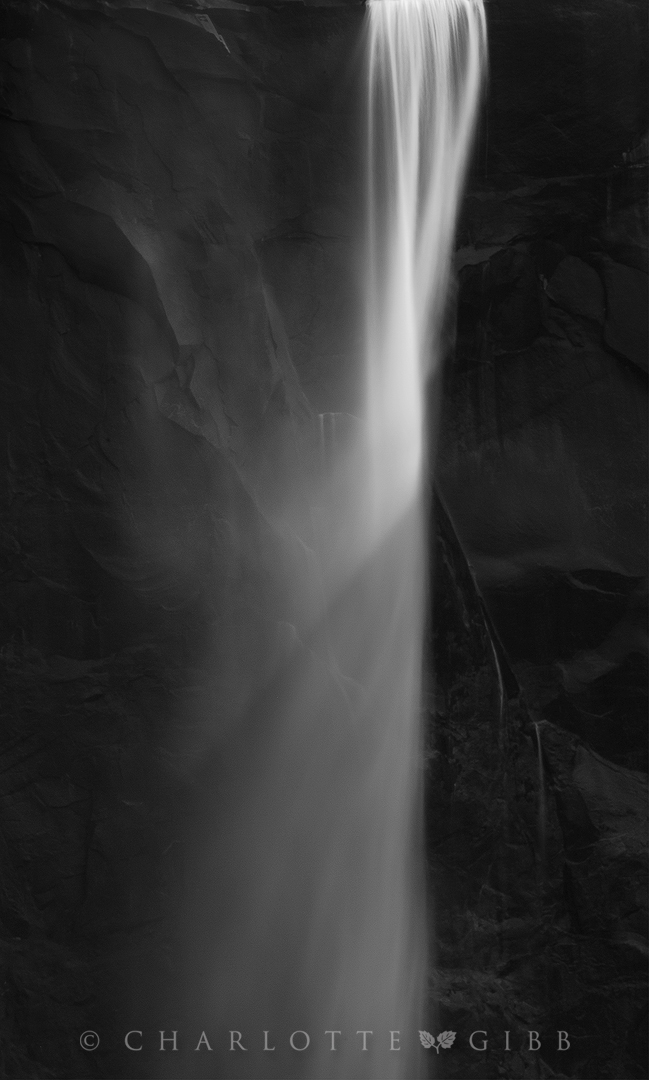
Black and white or color?
The decision to make photographs in black and white or color is an individual creative choice. One is not “better” than the other. Most of my photographs are made with color in mind because there are stories I feel can only be told in color. However, when you learn to see your world without color, you stretch your creative muscles and push yourself further along the artistic path.
Go ahead! Give it a try! But be patient with yourself. Learning to see in black and white takes development of a deliberate aesthetic, and that simply takes time and practice.

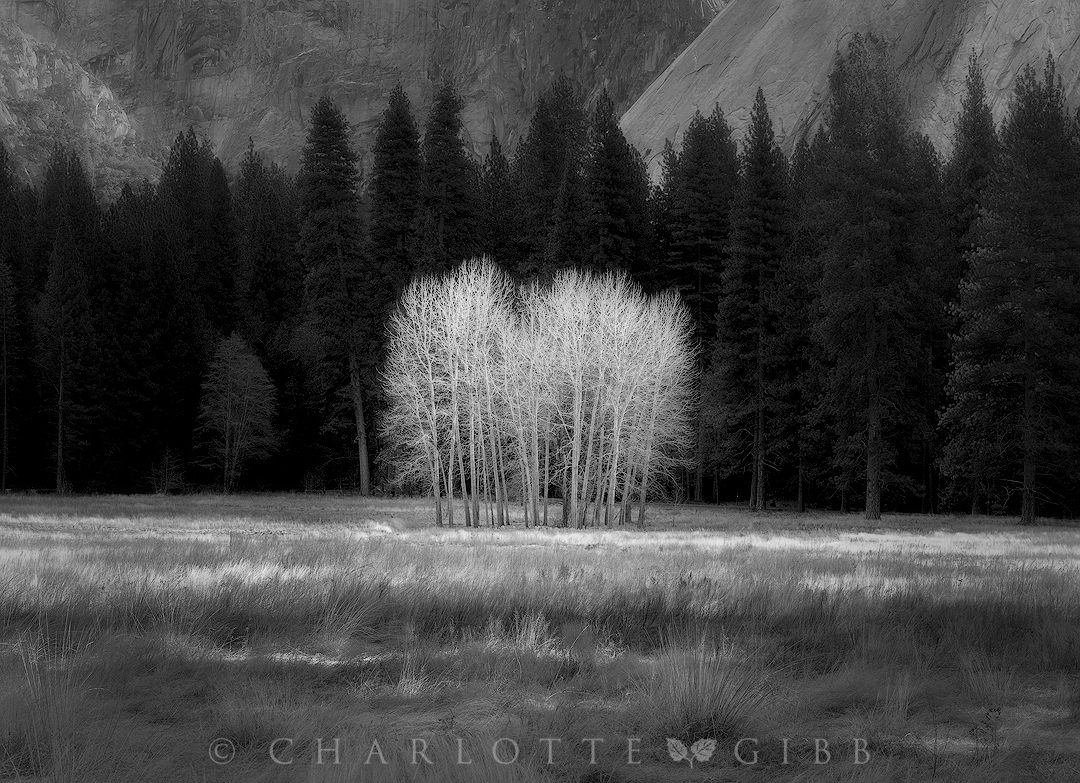

charlottegibb
Charlotte Gibb is a contemporary fine art photographer based in the San Francisco Bay Area specializing in landscapes of the Western United States. Her images are often taken in familiar places for the well-versed landscape photographer, but she prides herself on her keen eye toward the subtle and sometimes overlooked beauty of the natural world. Growing up among the beautiful mountains of Northern California, she considers herself a student of life, learning about people, nature, music, and photography along the way. But always, her life-long passion for the wilderness shines through it all. Charlotte earned her Bachelor of Arts degree from the Academy of Art University in San Francisco and has exhibited her work in several solo shows throughout California. Her darkroom, long gone now, has been replaced with digital darkroom tools, and her style has evolved from a somewhat journalistic approach, to one that pays tribute to the natural world.



12 Comments
Paul McCarthy
Nice examples, B&W is about 1/3 of my work, using Adams’ zone system is a big help.
charlottegibb
Thanks for reading, Paul. Adams’ development of the Zone System certainly was a game changers in the world of Black and White photography. Thanks again. I appreciate your comment.
Garry Fritz
Charlotte – I’ve only recently found your color work and was impressed enough to sign up for your newsletter. I’m glad I did and now I am very impressed with you B/W. I’ve always been drawn to B/W and started that way with 4×5 film. Great work in both media. Maybe next year I’ll make it to Moab.
charlottegibb
Thanks so much, Garry, for signing up for my newsletter and for your kind comments about my work. Since you’ve worked in black and white, you understand how it gets in your bones and the propensity for it never leaves you.
Dave
I enjoy your photos of Yosemite. As we live so close to the Park it is fun to know and think of locations of your photos.
Thanks
charlottegibb
You are so very lucky to live close to the park, Dave! I wish I lived a bit closer, but I try to make up for it by making as many small trips there as I can manage. I’m glad to know that my photography tickles you!
Dave
I enjoy your photos of Yosemite. As we live so close to the Park it is fun to know and think of locations of your photos.
Thanks
charlottegibb
You are so very lucky to live close to the park, Dave! I wish I lived a bit closer, but I try to make up for it by making as many small trips there as I can manage. I’m glad to know that my photography tickles you!
Paul McCarthy
Nice examples, B&W is about 1/3 of my work, using Adams’ zone system is a big help.
charlottegibb
Thanks for reading, Paul. Adams’ development of the Zone System certainly was a game changers in the world of Black and White photography. Thanks again. I appreciate your comment.
Garry Fritz
Charlotte – I’ve only recently found your color work and was impressed enough to sign up for your newsletter. I’m glad I did and now I am very impressed with you B/W. I’ve always been drawn to B/W and started that way with 4×5 film. Great work in both media. Maybe next year I’ll make it to Moab.
charlottegibb
Thanks so much, Garry, for signing up for my newsletter and for your kind comments about my work. Since you’ve worked in black and white, you understand how it gets in your bones and the propensity for it never leaves you.